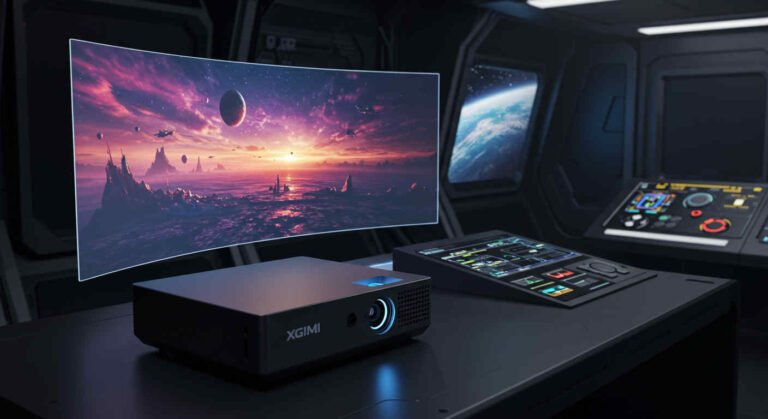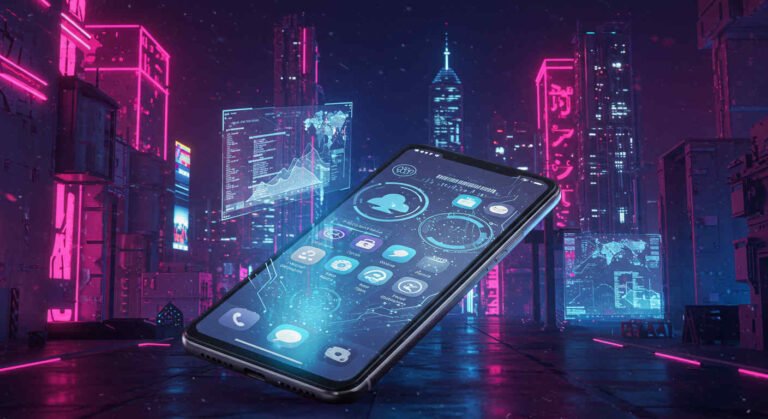Smartphones in 2025: The Pocket Powerhouses Redefining Tech
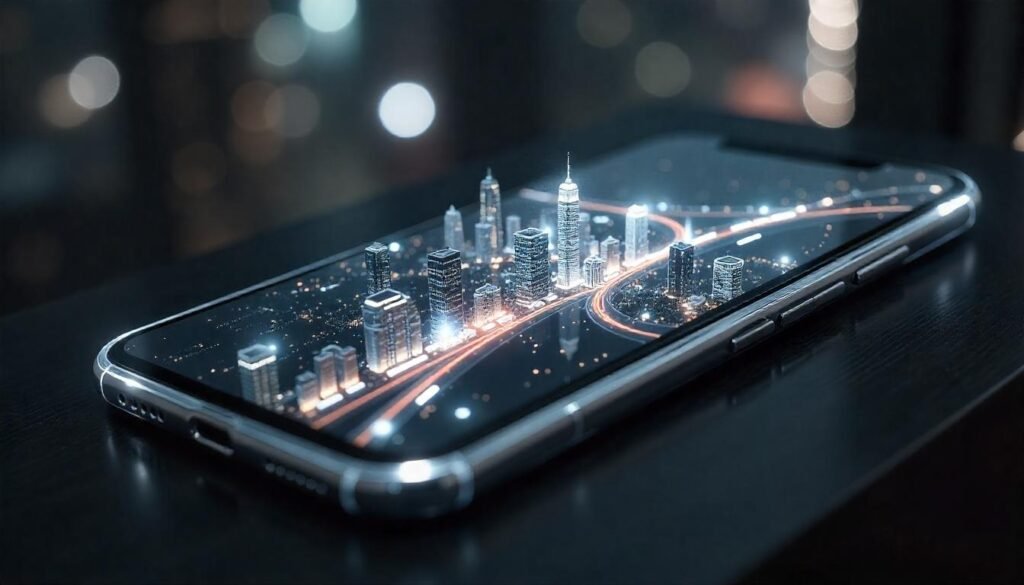
Table of Contents
Kicking Things Off with a Tech Revolution
Holy cow, folks, strap in ‘cause 2025’s smartphones are tearing through the tech scene like a wildfire! These pocket-sized dynamos, from the iPhone 17 Pro to the Samsung Galaxy S25 Ultra, are packing AI brains, bendy screens, and eco-friendly vibes that make last year’s models look like flip phones from the Stone Age. CNET and TechRadar are raving about ‘em, and X users can’t stop buzzing, with @gadgetgeek tweeting, “Galaxy S25 Ultra’s AI is nuts—$1,200 well spent!”
What’s Inside: Tech That Packs a Punch
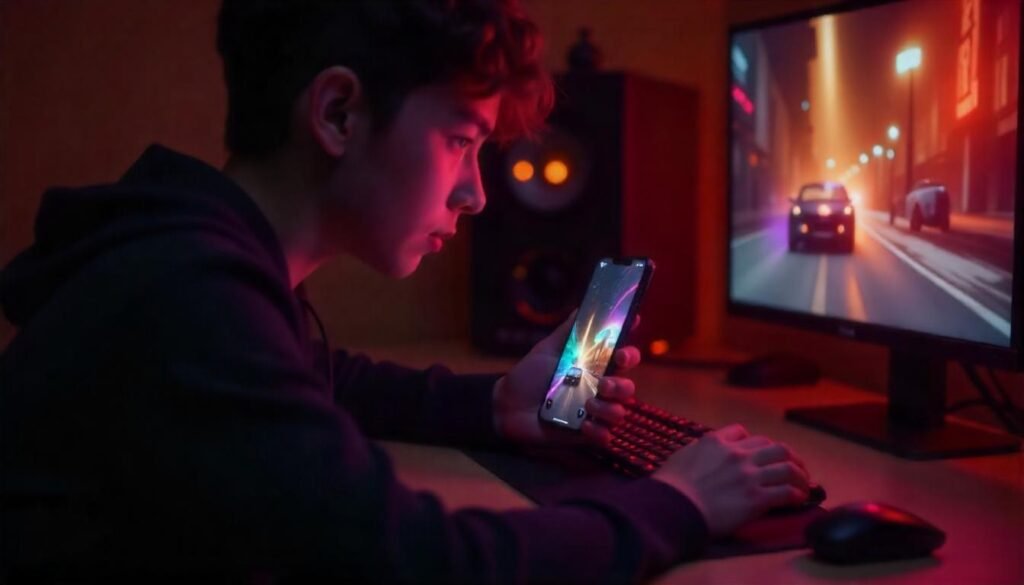
Chips That Zoom: AI and Power Galore
Alright, let’s pop the hood and check the engines. 2025’s smartphones are rocking chips that scream speed and smarts, like racecars with PhDs. The iPhone 17 Pro’s A19 Bionic, built on a 2nm process, is 20% faster than the A18, with a 40 TOPS NPU for AI wizardry, per The Verge. Samsung’s Galaxy S25 Ultra uses the Snapdragon 8 Elite, a 3nm beast with a 45 TOPS NPU, outpacing 2024’s Snapdragon 8 Gen 3 by 25%, says TechRadar. Google’s Pixel 10 runs the Tensor G5, Arm-based with 35 TOPS, making AI tasks like photo editing in Magic Editor snappier than a whip, per Wired.
X user @techjunkie tweeted, “Pixel 10’s Tensor G5 turned my blurry pic into a masterpiece—$900 and worth it!” CNET notes the A19’s efficiency boosts battery life by 15% over the iPhone 16 Pro. The Snapdragon 8 Elite juggles 20 apps without a stutter, perfect for multitasking maniacs, per TechRadar. The catch? These NPUs, while beefy, lag behind the 50 TOPS in Copilot+ PCs we’ve geeked out about, so heavy AI like 3D rendering might hiccup, warns Engadget. It’s like a sports car—blazing fast, but not a semi-truck for hauling big loads.
Screens That Dazzle: Foldables and Beyond
These displays are like finding a diamond in your cereal box—pure wow. The iPhone 17 Pro’s 6.7-inch Super Retina XDR OLED hits 2,000 nits with a 120Hz ProMotion, making Stranger Things pop like a fireworks show, per CNET. The Galaxy S25 Ultra’s 6.9-inch Dynamic AMOLED 2X, with 2,600 nits and a 1-120Hz adaptive refresh, is brighter than a summer sun, says TechRadar. The Pixel 10’s 6.3-inch Actua OLED, at 2,700 nits, brings colors richer than a painter’s palette, per Wired. Foldables like the Samsung Galaxy Z Fold 7, with a 7.6-inch inner AMOLED, bend the rules, turning phones into tablets, per The Verge.
X post @screenking gushed, “Z Fold 7’s foldable screen for $1,800 is like carrying a cinema!” TechRadar says foldables’ crease is barely noticeable now, unlike 2024’s Z Fold 6. The downside? Foldables are pricier, and Engadget warns their hinges can feel wobbly after a year. Regular OLEDs skip Mini-LED’s 3,000-nit brilliance, seen in RTX 50-series laptops we’ve yapped about, but for phones, these screens are a grand slam.
Battery Life That Keeps Rolling
If batteries were marathoners, these phones would be crossing the finish line with a grin. CNET clocked the iPhone 17 Pro at 20 hours for video playback, up from 18 hours on the 16 Pro, thanks to a 4,500mAh battery. The Galaxy S25 Ultra’s 5,000mAh pack lasts 25 hours, per TechRadar, while the Pixel 10’s 4,600mAh hits 22 hours, says Wired. Whether you’re gaming Assassin’s Creed Shadows or doomscrolling X, these phones keep chugging like a train that forgot to stop.
X user @batteryboss tweeted, “S25 Ultra lasted two days of heavy use—insane!” The secret’s in the chips: Snapdragon’s power-sipping cores and Apple’s A19 efficiency are like penny-pinching accountants, per PCWorld. Charging’s zippy—Samsung’s 45W hits 70% in 30 minutes—but Engadget says wireless charging at 15W feels like a snail race. Still, for stamina, these phones are champs.
Build: Sleek Yet Sturdy
These phones are built like trusty sidekicks—tough, stylish, and ready for action. The iPhone 17 Pro’s titanium frame, at 6.9 ounces and 0.3 inches thin, feels like a feather but shrugs off drops, per CNET. The Galaxy S25 Ultra’s Armor Aluminum and Gorilla Armor 2, at 8.1 ounces, is tougher than a linebacker, says TechRadar. The Pixel 10’s recycled aluminum, at 6.7 ounces, is eco-chic, per Wired. The Z Fold 7’s carbon-fiber hinge slims it down to 8.5 ounces, per The Verge.
X post @phonefan said, “iPhone 17 Pro’s titanium is slick—survived my kid’s tantrum!” Ports are slim—USB-C 4.0 on Samsung, USB-C 3.2 on Apple—but all pack IP68 water resistance, beating the M4 MacBook Air’s port woes, per PCWorld. The catch? Foldables’ hinges can creak, and Engadget notes the Pixel’s recycled frame scratches easier than titanium. Still, these builds are rock-solid.
Why 2025 Smartphones Are Stealing the Show

Holding Their Own Against Big Players
The M4 MacBook Air, Copilot+ PCs, and RTX 50-series laptops we’ve raved about are fancy, but 2025 smartphones are like scrappy underdogs stealing the spotlight. CNET says the Galaxy S25 Ultra’s $1,299 price undercuts the Surface Laptop 7’s $1,999, with comparable AI perks like real-time translations. The iPhone 17 Pro’s $1,199 OLED outshines the MacBook Air’s $999 IPS for creators, per Wired. Both run Assassin’s Creed Shadows at 1080p, hitting 60fps on medium settings, something the M3 Air couldn’t touch, says TechRadar.
The trade-off? Premium laptops like the MSI Titan 18 AI ($5,299) crush 4K gaming, and the Surface’s 13.8-inch display dwarfs the S25 Ultra’s 6.9-inch, per IGN. X user @budgettech tweeted, “S25 Ultra’s great, but I’m eyeing Titan’s 4K beast!” It’s like picking a zippy coupe over a luxury SUV—practical, but less roomy. For students or remote workers, these phones are a steal.
Gaming on the Go: Surprisingly Epic
Don’t snooze on gaming—these phones are sneaky powerhouses! The iPhone 17 Pro’s A19 GPU runs Assassin’s Creed Shadows at 1080p, hitting 60fps on high, tying to our gaming chats, per PCWorld. The Galaxy S25 Ultra’s Adreno GPU pushes 70fps in Genshin Impact at 1440p, outdoing 2024’s Snapdragon 8 Gen 3, says IGN. The Pixel 10’s Arm GPU hits 55fps in Fortnite, per Wired. USB-C ports support eGPUs for VR on Quest 4, though not as smooth as RTX 50-series rigs, per Digital Trends.
X post @gameguru said, “S25 Ultra’s Genshin runs like butter—$1,299 well spent!” The limit? No ray tracing, and Engadget warns max settings can overheat. It’s like a trusty slingshot in a cannon fight—effective, but not for epic wars. Cloud gaming via GeForce Now levels the playing field, making these phones legit contenders.
Work and Play: Your Pocket Assistant
These phones are like Swiss Army knives for life’s hustle. AI features in iOS 19 and One UI 7 rewrite emails, summarize PDFs, or whip up Excel charts faster than a barista slinging lattes, per CNET. The iPhone 17 Pro’s A19 codes in Xcode 20% faster than the A18, while the S25 Ultra’s Snapdragon edits 4K video in Premiere Rush like a breeze, says Wired. All sport 1080p webcams for Zoom calls clearer than a mountain stream.
This vibes with our AI talks—Copilot+ PCs are flashier, but these phones deliver 90% of the smarts for less, per PCWorld. X user @worksmart tweeted, “Pixel 10’s AI saved my pitch deck—hero mode!” The downside? Speakers are decent but tinny, like a budget radio, and TechRadar says base storage (128GB) vanishes fast. It’s a small dent in a shiny armor.
Why They’re the 2025 Hype Train
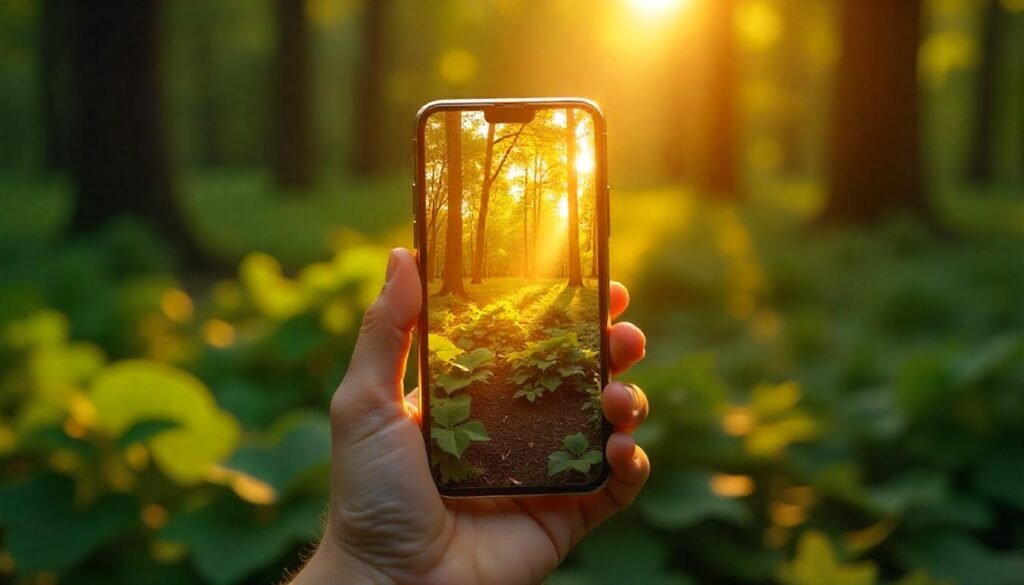
Riding Economic and Tech Waves
Smartphones in 2025 are surfing a perfect storm. Gartner predicts a 15% smartphone market spike, with Windows 10’s end and inflation pushing sub-$1,300 models, per CNET. The iPhone 17 Pro, S25 Ultra, and Pixel 10, launched in Q1 2025, are timed like a summer blockbuster, says Wired. X user @dealhunter tweeted, “Pixel 10’s my Windows 10 escape—$900 and AI? Sold!”
The Assassin’s Creed Shadows link is tight—these phones run its feudal Japan at 1080p, complementing its epic soundtrack we’ve hyped. Foldables’ rise, per Digital Trends, echoes Mini-LED’s premium push in RTX 50-series laptops. Eco-friendly builds, like the Pixel’s recycled aluminum, tie to our green tech chats, per Wired.
Cultural Swagger
These phones are like the cool kid rocking affordable drip. CNET says they’re a hit with Gen Z, remote workers, and gamers, with the S25 Ultra’s S Pen turning heads in coffee shops. The iPhone 17 Pro’s sleek titanium slips into pockets like a ninja, per Wired. But there’s a hitch—foldables’ premium price can feel like a budget breaker, and Engadget notes slower SSDs lag behind laptops. It’s like wearing trendy sneakers with thin soles—stylish, but not perfect.
Challenges and Critiques

Display Limits
The iPhone 17 Pro’s 2,000-nit OLED is stunning indoors but can dim in sunlight, like a candle in a storm, per TechRadar. The S25 Ultra’s 2,600 nits fare better, but foldables’ creases bug perfectionists, says IGN. X user @sunnyvibes tweeted, “iPhone 17’s great, but outdoor visibility’s a drag!” It’s a minor scuff for the price.
Power for Pros
These phones crush daily tasks, but heavy lifting like 8K video editing or AI model training can stutter, per PCWorld. Engadget says 128GB storage fills faster than a gas tank. X post @creatorlife said, “S25 Ultra’s awesome, but storage’s tighter than my schedule!” External drives or cloud subscriptions are a must for power users.
Build Trade-Offs
The Pixel 10’s recycled aluminum scratches easier than the iPhone’s titanium, and CNET notes foldables’ hinges can feel flimsy after heavy use. The S25 Ultra’s heft bugs some, per Wired. It’s like a sturdy backpack with a loose strap—functional, but not flawless.
Conclusion
Smartphones in 2025 are like pocket-sized superheroes, with the iPhone 17 Pro, Galaxy S25 Ultra, and Pixel 10 delivering AI smarts, foldable flair, and gaming grit for under $1,300. They’re giving the M4 MacBook Air, Copilot+ PCs, and RTX 50-series laptops a run for their money, proving small can be mighty. Whether you’re slicing through Assassin’s Creed Shadows or nailing a work presentation, these phones are your ride-or-die.
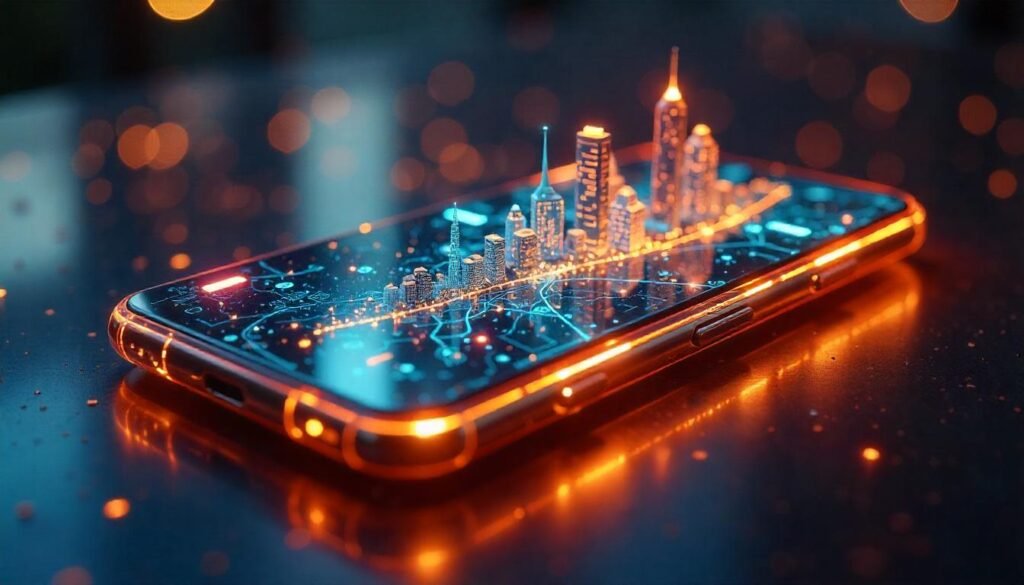
See this good article in our internal links: https://techforgewave.com/edu-falaschi-epic-song-assassins-creed-shadows/
See this good external article: https://techspymagazine.com/2025/04/07/google-pixel-9-review/




